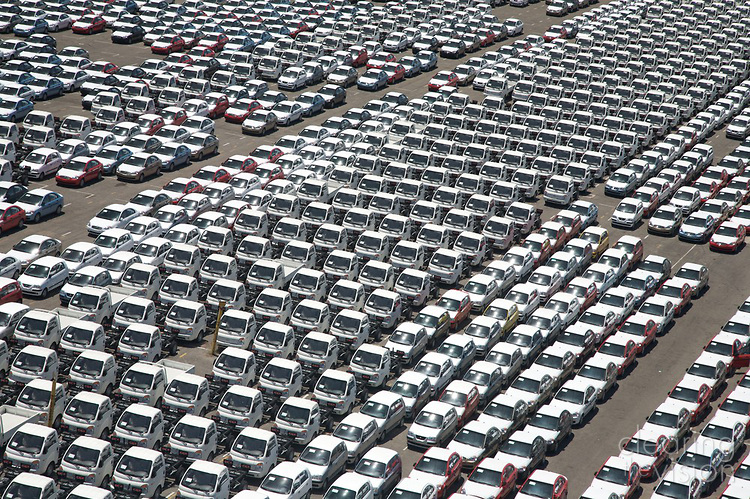Until recently, China has been the world’s largest auto market. A sharp slump in sales growth in the last year means that there is now a glut of unsold vehicles piling up in car lots all over China.
Previously, dealers have enjoyed charging premium prices. In fact, consumers who bought a BMW 5-Series sedan were charged up to a fifth more than the listed price. Luxury and mainstream brands have both suffered, as have Chinese and foreign cars, due to economic growth in the second quarter slowing to 7.6%. This three-year low for China has led to some auto industry officials attempting to assess how this cooling in economic growth is impacting upon the industry.
It has been disclosed that China has not been immune to the shockwaves of the Euro zone crisis, with one particular export hub suffering in particular. BMW stores in the Guangdong export hub have now built up to a staggering 90 days’ worth of stock. To put this into perspective, this is double what would be routinely expected. This has led to a 5% or $3,900 discount on the 5-series.
Mercedes-Benz has experienced similar problems. A senior executive revealed that their parking lots were also filling up with unsold cars; he went on to say “We cannot go on like this”.
Mercedes dealers throughout China are feeling the pain with between 75 to 105 days’ worth of stock. Stores are being forced to entice customers by offering massive discounts totalling up to 30%.
Dealers and carmakers are now endeavouring to diversify their sources of revenue. This includes attempting to take their rival’s market share, vehicle repair and maintenance, branching off into the used car market, and specialising in high-margin services.
A turning point for China
Experts have predicted that, in time, the Chinese market could become similar to the United States. This would mean that most of the money would be made via after-sales maintenance, insurance and financing. This is a stark contrast to the 90% worth of profits from new car sales over the last 10 years.
Chinese brands began to experience a reduction in growth back in 2009 when auto sales volume growth fell from a healthy 46% down to 32% in 2010. With growth slowing to just 2.5% in 2011, government incentives have now dried up.
Foreign upscale brands have been particularly affected this year. An unfavourable currency rate and import taxes have only exacerbated the situation. Nissan have acknowledged these challenges and plan to manufacture some of their cars in China. BMW have their sights set upon increasing their sales volume in China by 25% to 30% this year.
More mainstream brands are also facing rising inventories. A Shanghai-based senior sales and marketing executive, Rajeev Chaba of General Motors Co, divulged that their inventory levels soared to an average of 60 to 75 days for the industry. Given the fact that the desirable levels are 30 to 40 days, this is cause for concern. GM executives have declined to disclose figures for their inventory levels in China alone, although they have stated that they are below average.
This wake-up call has come at a time when the industry is experiencing a slowdown in growth, unlike the huge profit years of 2009 and 2010. Despite sales picking up slightly to between 7% and 8%, there is still a turf war afoot.
In a search for new revenue, automakers are beginning to fully explore the potential of China’s used car market. In China, 60% of new car owners replace their cars after just 3 years, whereas new car buyers in Japan typically wait for 6 years before replacement. Nissan plan to make the most of China’s used cars and then to guide their customers to replace their cars with a Nissan model.


